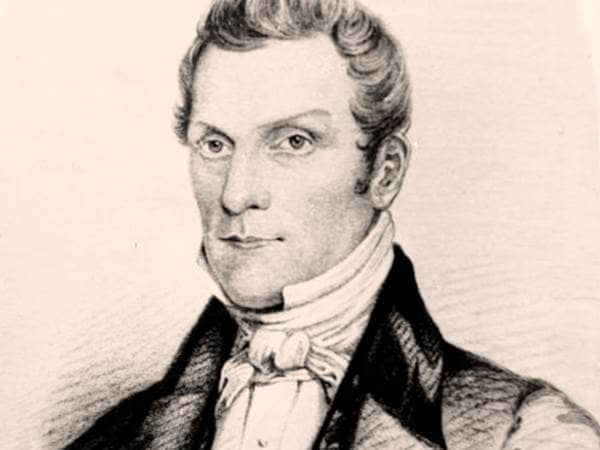
- Lived: 490 BCE - 410 BCE (The Ancient Era)
- Nationality: Indian
- Known for: Founder of Buddhism
Siddhartha Gautama was born in a region near the India-Nepal border. Tradition holds that his father was a king, and he a prince, though this is disputed. Wanting desperately to protect his precious son from suffering, his father forbade Siddhartha from ever leaving the family's property. One day, the story goes, he slipped out and soon encountered all that his father was trying to shield him from: starvation, disease, violence, death. Siddhartha decided to renounce his privilege and pursue an answer to suffering. After studying Hinduism’s Vedic philosophy, he turned to a life of asceticism. But after following the example of ascetic Hindu gurus, living a life of deprivation and renunciation in the woods, Siddhartha found this too led to suffering. A life of excess or a life of deprivation: both led to struggle just as did the common folks’ futile lives. Thus began his development of the Middle Way. Tradition holds that Siddhartha experienced enlightenment while meditating under a fig tree, understanding the functioning of karma and how to break free from it. This is summarized in the Buddha's Four Noble Truths: 1) Life is suffering; 2) Suffering is caused by attachment; 3) Attachment can be overcome through liberation; 4) There is a path for accomplishing this. From that point, at around the age of 35, the Buddha began developing and teaching that path, which is Buddhism. Its practitioners seek balance and the ability to walk through life with nonattachment.
Of course there are many interpretations of the path—numerous types of Buddhism and sects within those. The basic tenets are about living rightly, seeking to understand things truthfully, and speaking and acting ethically. And these ways of right living are cultivated through bringing your thoughts and body into harmonious balance through cultivating mindfulness. Different types of Buddhists have different practices, but include meditation and practices of nonviolence, honesty, and some understanding of abstinence from abusing drugs, alcohol, sex and food.
Tradition holds that Siddhartha Gautama continued to live in the same region for another 45 years, teaching anyone—peasants, royalty and criminals—until around the age of 80, at which point he died of natural causes and achieved parinirvana, that is, release from the cycle of karma and rebirth.
Of course there are many interpretations of the path—numerous types of Buddhism and sects within those. The basic tenets are about living rightly, seeking to understand things truthfully, and speaking and acting ethically. And these ways of right living are cultivated through bringing your thoughts and body into harmonious balance through cultivating mindfulness. Different types of Buddhists have different practices, but include meditation and practices of nonviolence, honesty, and some understanding of abstinence from abusing drugs, alcohol, sex and food.
Tradition holds that Siddhartha Gautama continued to live in the same region for another 45 years, teaching anyone—peasants, royalty and criminals—until around the age of 80, at which point he died of natural causes and achieved parinirvana, that is, release from the cycle of karma and rebirth.
Back to Search Results






